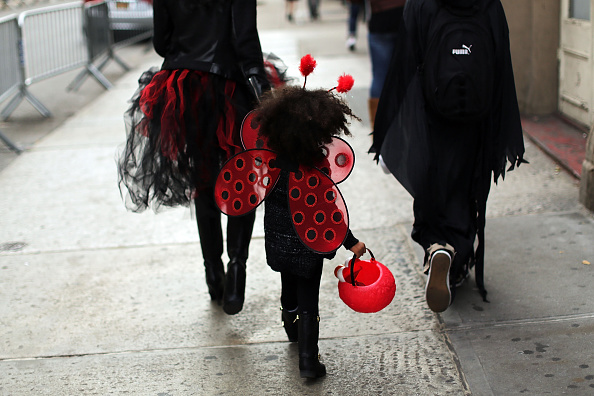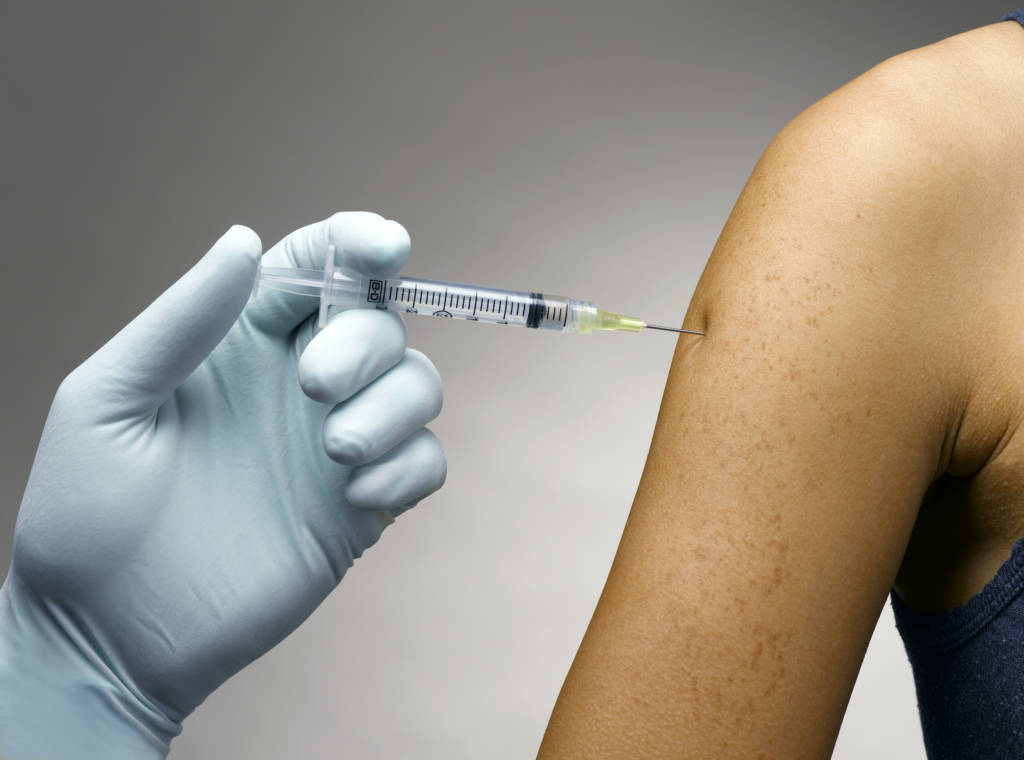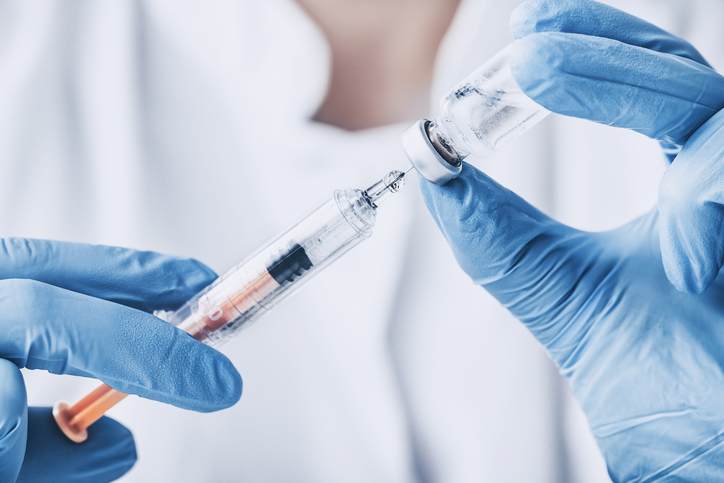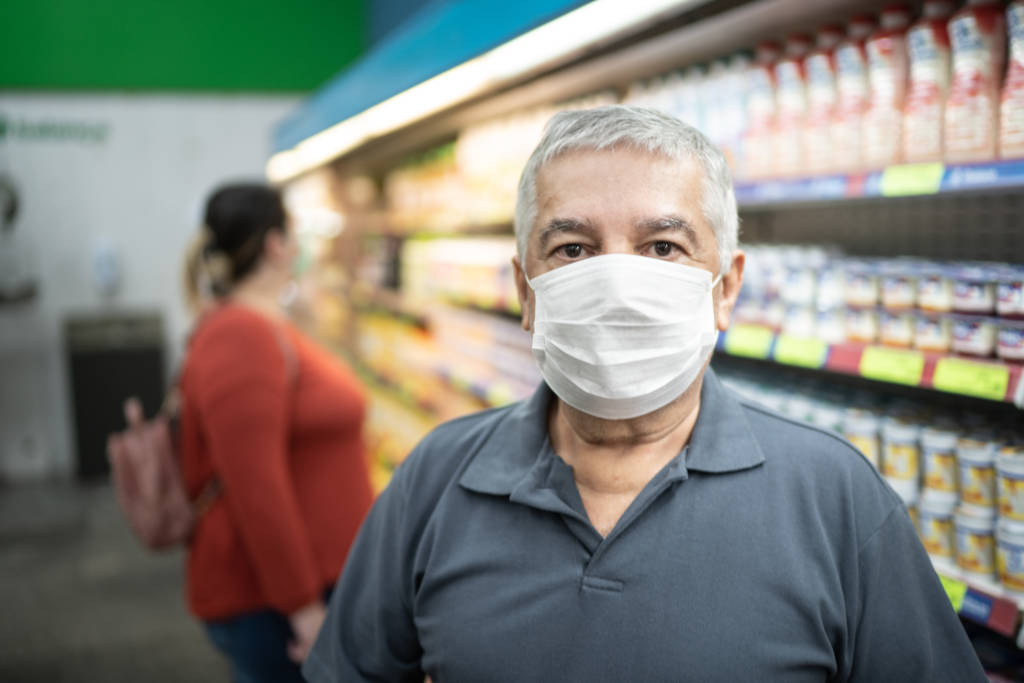“We already heard from quite a few teachers who are older and who have medical issues saying that they don’t plan to come back,” Domenech said. “They don’t want to take the risk of being in an environment that’s going to make them sick.”
Elementary school teachers are going to be particularly challenged, since it’s nearly impossible to make first-, second- and third-graders wear masks or adhere to social distancing, Domenech and Christakis said.
“You cannot expect kindergartners to social distance,” Christakis said. “That’s how children that age learn. They need to play with their peers. They will not get a meaningful experience if they’re not hands-on with their peers.”
That makes the “pod” strategy an even stronger option, the experts said.
“If there’s an outbreak in classroom A, it’s less likely it will spread to classroom B or C or D,” Christakis said.
There also will need to be a sea change in the way health care is provided at schools, the experts added.
“School nurses are not allowed to do much in terms of medical practice,” Domenech said. “They can’t even give an aspirin unless the students bring their medication with them and it’s in the office and the nurse can administer it.”
To check sick students and detect potential outbreaks, schools are going to need health specialists in the building who can check temperatures and monitor symptoms, Domenech said.
“It has to go beyond what the nurse right now is allowed to do,” Domenech said.




